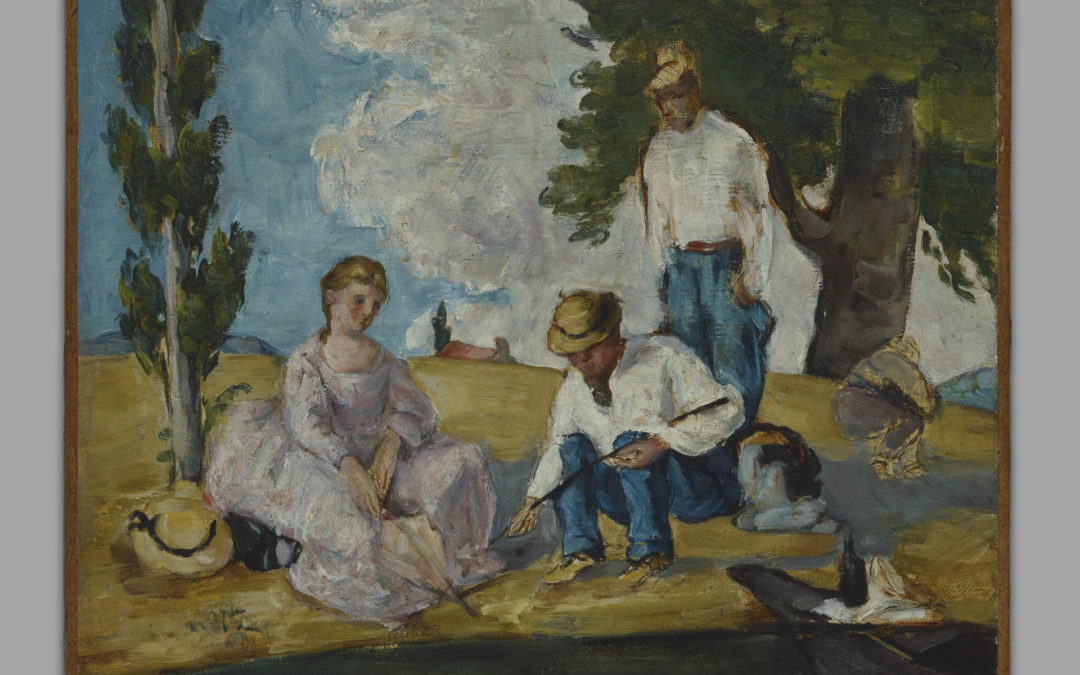 Cezanne’s Picnic on a Riverbank (1873-1874) is a partie de campagne that may be a vague allusion to Manet’s Luncheon on the Grass (1863) A trio of two men and a woman congregate on the riverbank. The woman sits alone, hat off, her parasol between her legs....
Cezanne’s Picnic on a Riverbank (1873-1874) is a partie de campagne that may be a vague allusion to Manet’s Luncheon on the Grass (1863) A trio of two men and a woman congregate on the riverbank. The woman sits alone, hat off, her parasol between her legs....
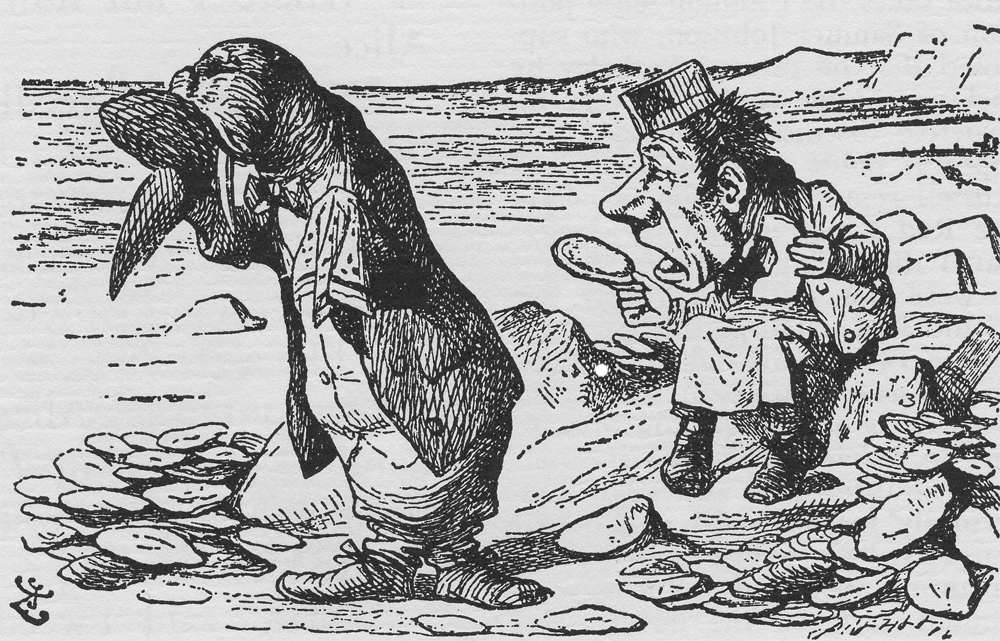 Carroll upends beach picnic expectations in Through the Looking-Glass and What Alice Found There (1871). Still, its tenor is darkly mocking, qualities evident in Tweedledee’s poem “The Walrus and the Carpenter” Of course, everyone laughs at the silly...
Carroll upends beach picnic expectations in Through the Looking-Glass and What Alice Found There (1871). Still, its tenor is darkly mocking, qualities evident in Tweedledee’s poem “The Walrus and the Carpenter” Of course, everyone laughs at the silly...
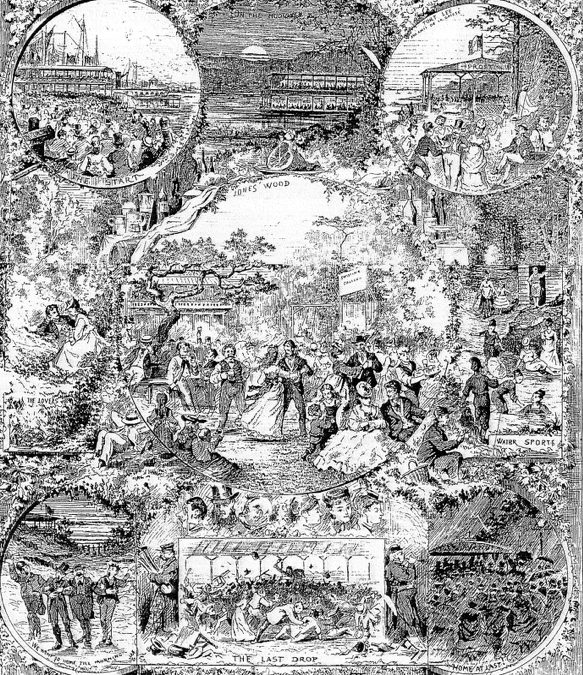 Tavernier’s “The Picnic Season,” a cover for The Daily Graphic, depicts a picnic excursion up the Hudson River. The narrative begins as picnickers board a steamer from Jones Wood, a famous commercial picnic ground in northern Manhattan (an area on the east side...
Tavernier’s “The Picnic Season,” a cover for The Daily Graphic, depicts a picnic excursion up the Hudson River. The narrative begins as picnickers board a steamer from Jones Wood, a famous commercial picnic ground in northern Manhattan (an area on the east side...
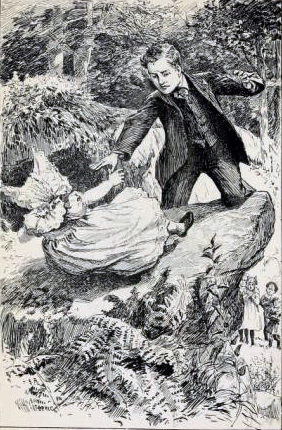 Long forgotten, Austin’s Stumps, A Story for Children story, oozes Victorian social pedagogy and standard comfort food. Austin’s audience loved Stumps, aka Cecily, a bratty four-year-old brat loved for her lisping mispronunciations, especially...
Long forgotten, Austin’s Stumps, A Story for Children story, oozes Victorian social pedagogy and standard comfort food. Austin’s audience loved Stumps, aka Cecily, a bratty four-year-old brat loved for her lisping mispronunciations, especially...
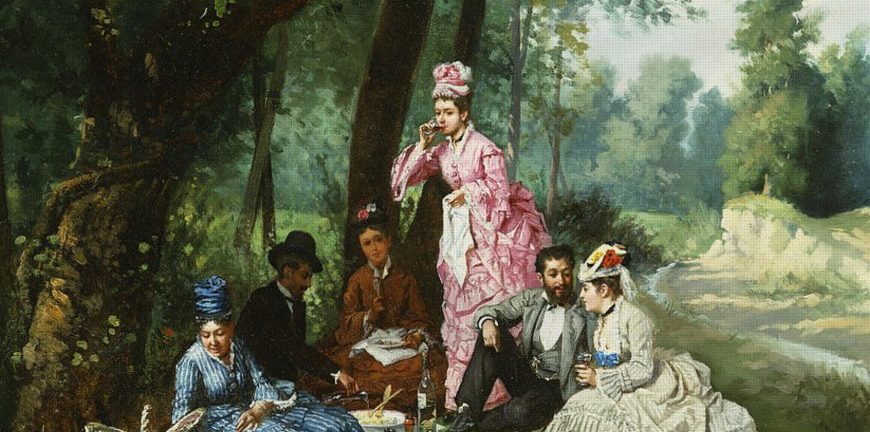 Garcia Mencia’s middle-class picnickers have out to the country for afternoon lunch. They are well provisioned. Compare Garica Mencía’s La merienda with Pál Szinyei Merse’s Majális (1873). See Antonio Garcia Mencía. La Merienda (1874). Oil on...
Garcia Mencia’s middle-class picnickers have out to the country for afternoon lunch. They are well provisioned. Compare Garica Mencía’s La merienda with Pál Szinyei Merse’s Majális (1873). See Antonio Garcia Mencía. La Merienda (1874). Oil on...
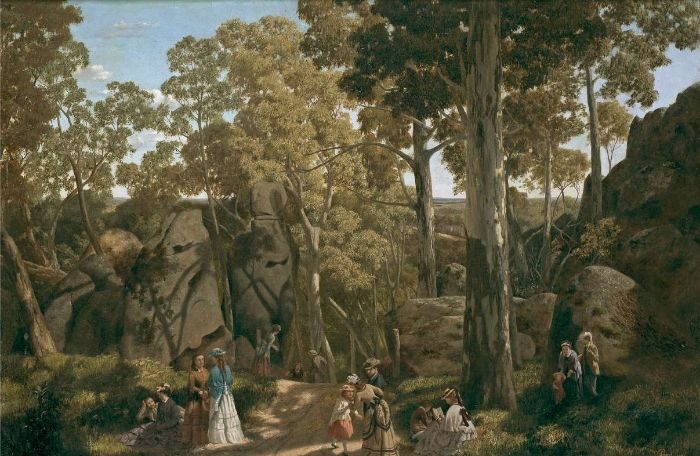 Ford’s painting At Hanging Rock of sightseers picnicking is an inspiration to Lindsay’s novel Picnic at Hanging Rock (1967). The picnickers are middle class and dressed in everyday clothing that is ill-suited to the country locale. They walk, converse, read, and...
Ford’s painting At Hanging Rock of sightseers picnicking is an inspiration to Lindsay’s novel Picnic at Hanging Rock (1967). The picnickers are middle class and dressed in everyday clothing that is ill-suited to the country locale. They walk, converse, read, and...
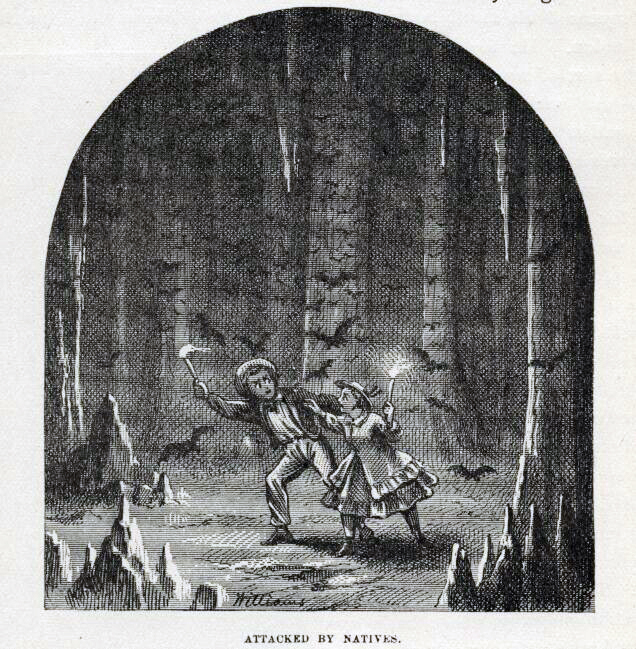 Becky Sharp’s “pic-nic” begins with “a giddy and rollicking company” on an island in the Mississippi. After traveling by old ferryboat three miles below the town of Hannibal, the picnickers “swarmed ashore and soon the forest distances and craggy heights echoed...
Becky Sharp’s “pic-nic” begins with “a giddy and rollicking company” on an island in the Mississippi. After traveling by old ferryboat three miles below the town of Hannibal, the picnickers “swarmed ashore and soon the forest distances and craggy heights echoed...
![James [Jacques]Tissot Holyday (1876c.)](https://picnicwit.com/wp-content/uploads/2017/04/James-Jaques-Tissot.-Holyday-1109-1080x675.jpg) The epitome of a Victorian picnic is Tissot’s Holyday. Tissot arranged a picnic of a family and friends in the garden of his home in St. John Woods. They sit beside a sparkling white cloth, china, flatware, a cake, sliced cheese on a platter, a platter of grapes, tea,...
The epitome of a Victorian picnic is Tissot’s Holyday. Tissot arranged a picnic of a family and friends in the garden of his home in St. John Woods. They sit beside a sparkling white cloth, china, flatware, a cake, sliced cheese on a platter, a platter of grapes, tea,...
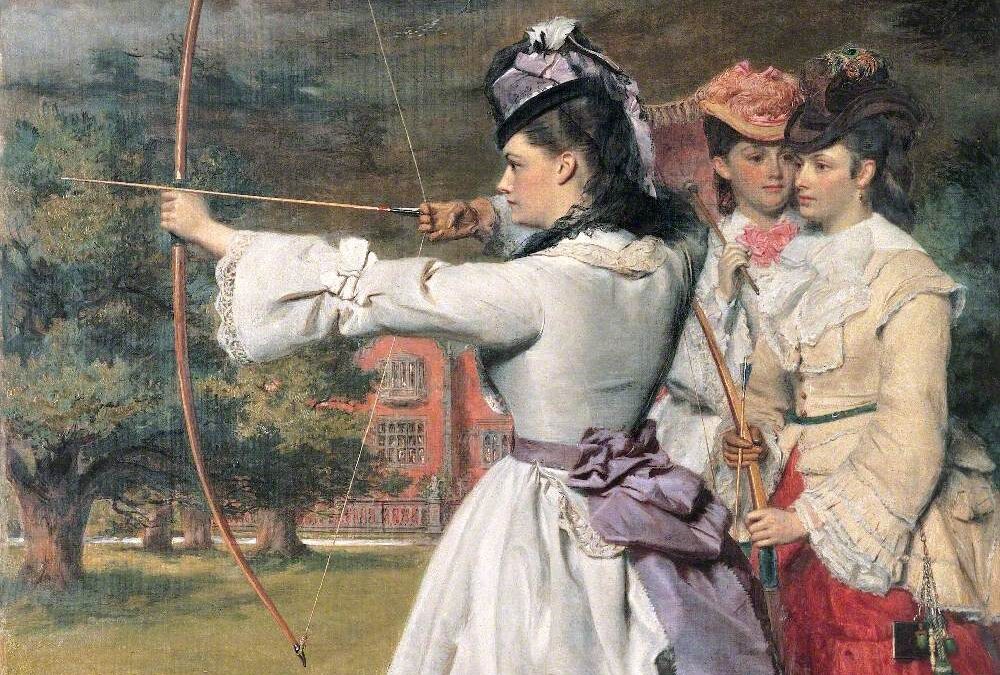 Eliot uses sport to illustrate gender relationships. Daniel Deronda has two archery picnics that do not meet the usual expectations of being joyous. Both archery picnics are metaphors in which Gwendolyn Harleth and the other women archers are contrasted to the goddess...
Eliot uses sport to illustrate gender relationships. Daniel Deronda has two archery picnics that do not meet the usual expectations of being joyous. Both archery picnics are metaphors in which Gwendolyn Harleth and the other women archers are contrasted to the goddess...
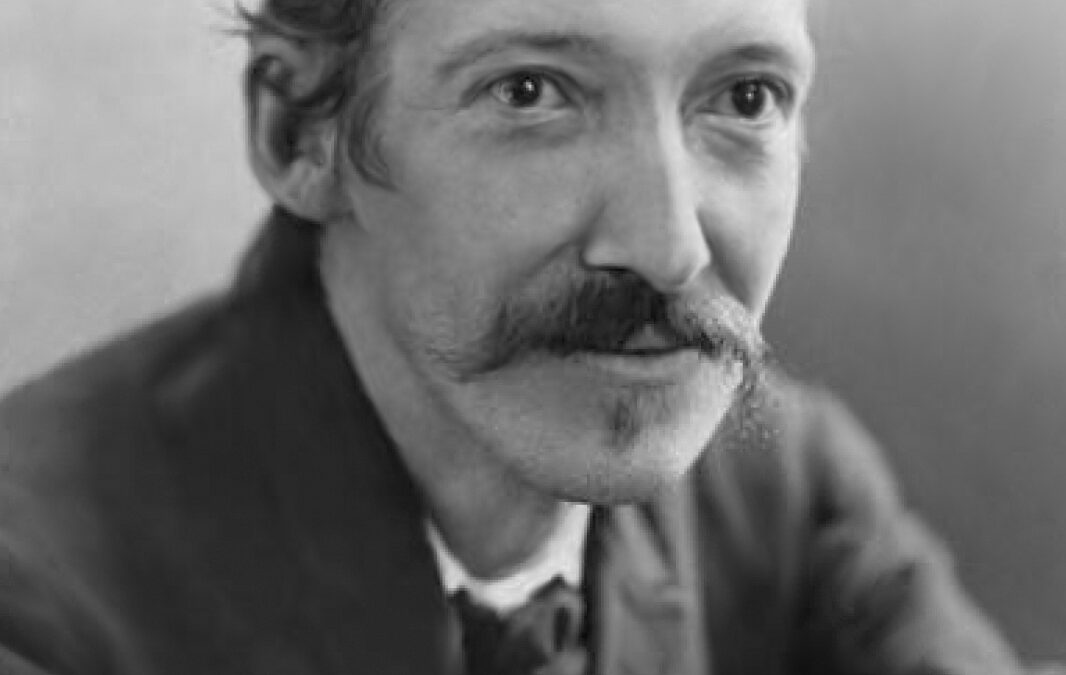 Stevenson’s picnics are squibs embedded in Essays of Travel: Essays in the Art of Writing. “An Autumn Effect” is memorable for the phrase “the spirit of picnic.” “The fields were busy with people ploughing and sowing, ”...
Stevenson’s picnics are squibs embedded in Essays of Travel: Essays in the Art of Writing. “An Autumn Effect” is memorable for the phrase “the spirit of picnic.” “The fields were busy with people ploughing and sowing, ”...








![James [Jacques]Tissot Holyday (1876c.)](https://picnicwit.com/wp-content/uploads/2017/04/James-Jaques-Tissot.-Holyday-1109-1080x675.jpg)


